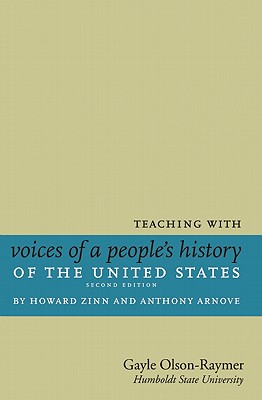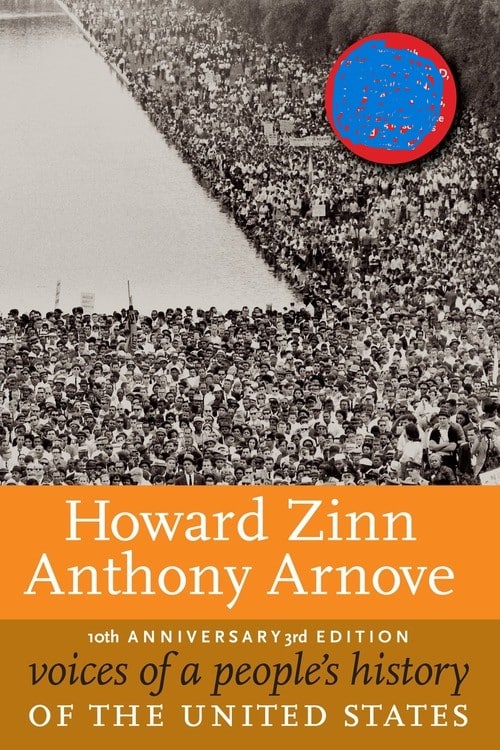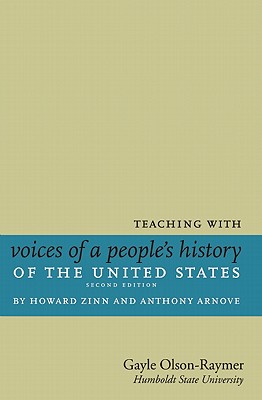
Rebellion within the American colonies prior to the Revolutionary War is a topic seldom discussed in American history classes. Yet the fiery rhetoric of freedom and the brave actions of many colonists eventually defeated the military might of the most powerful nation in the Western world. Why, then, are we reluctant to introduce the stories of Americans who fought not only against the British Crown, but also against the aristocratic rule of the colonial elite? What is it that prevents us from presenting a balanced portrayal of early America in which the diverse voices of both the powerful and powerless are celebrated?
Perhaps part of the answer is that traditional history books and history classes pay little or no attention to either the contributions or the grievances of the indentured servants who journeyed to North America. Instead, these traditional treatments of history most often describe a harmonious melting pot of colonists who busily set about to create a classless, democratic new society. The reality is far less harmonious and democratic, but much more interesting and real. Indentured servants, who comprised almost fifty percent of all colonial immigrants, were among the hardest-working but poorest, most abused, and most disgruntled of all the colonists. The realities of their servitude fueled the fires of rebellion.
Reprinted from Teaching with Voices of a People’s History of the United States, published by Seven Stories Press.









It is so very true the educational system in America barely, if at all, touches on the indentured servants of the Colonial period. Even this article fails to describe who were these people and why the were carried doff, sentenced, purchased or signed letters of indentured servitude . A true indentured servant was one who had to work for a master for a specific amount of time ore until all debts were paid to the master. A few even signed to escape from Ireland’s starvation and cruelty at the hands of the English/Irish. Some, like the Scots-Irish purchased passage as they had land to sell and could sell in Ireland. The land the English took form the native Irish-Catholics unless they became protestant, actually Anglican, the Church of England. Most of the Irish diaspora in the late 17th and 18th centuries were those sent or sold as slaves to the West Indies and later to the American Colonies. Many of those indentured servants would never pay off their debts an never saw freedom again. The Irish were not alone but had by far the greater numbers of people sold into slavery from Europe of Africa in those early decades. Irish were “FREE” capital wise and there had to be an outlay of hard specie for Africans. The African cost more. When the great starvation took place the Irish became scarce as slaves since they died of starvation and withered to skeletons. Those able bodied enough left for America and Australia as well as other colonies. A great book on the subject is The Hidden Revolution by Nash. It puts the American Revolution and the environment of slavery and the failure of the “Founding Fathers” and Congress to free all of the slaves and their attempts to put in place temporary solutions and their efforts to block all change especially in the Southern Colonies of Georgia and South Carolina. History need to be the events as they happened. The good the bad and the ugly on all sides. At difficult if not impossible tasks but necessary to understand the lessons that history teaches. Less we relive the mistakes over and over.